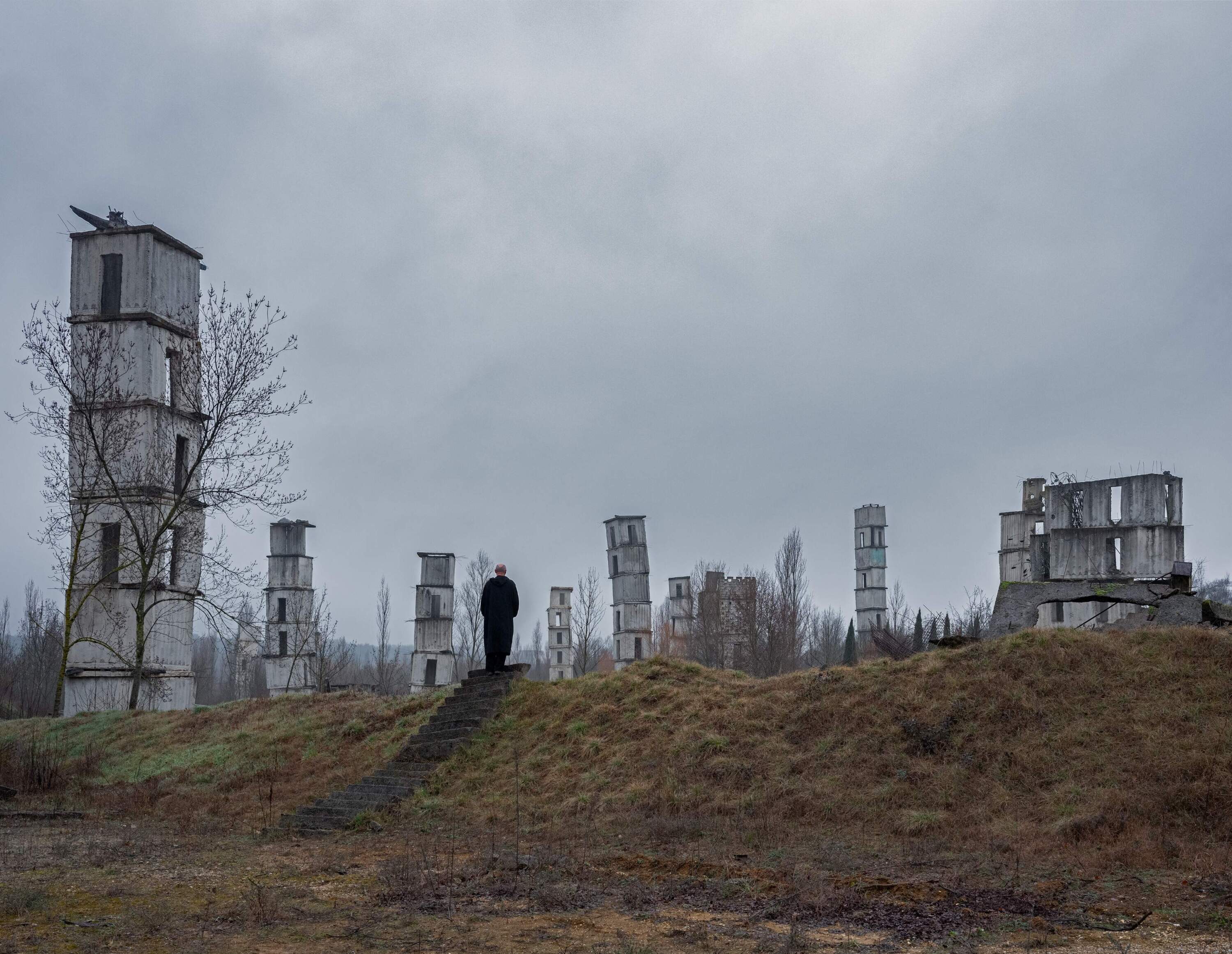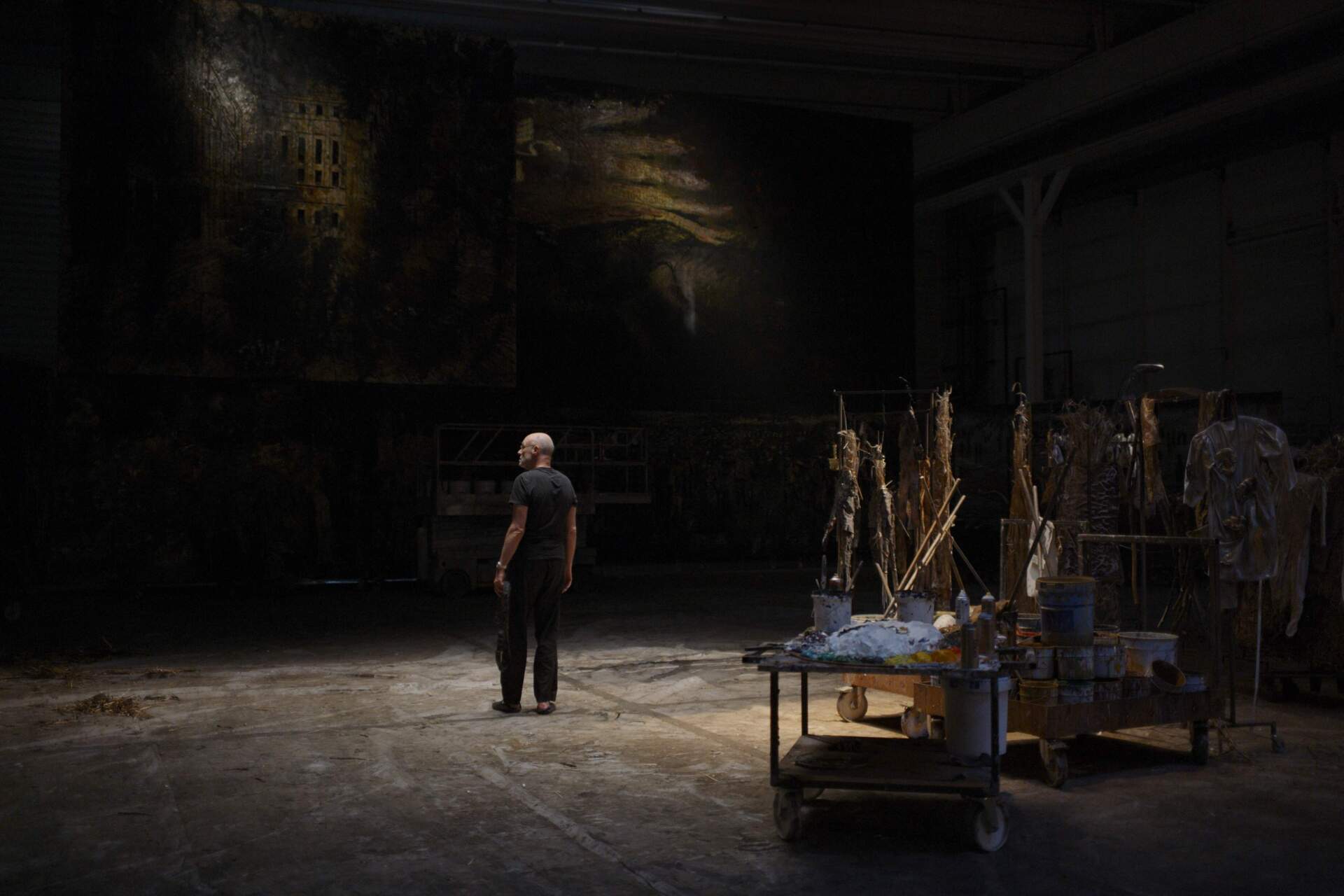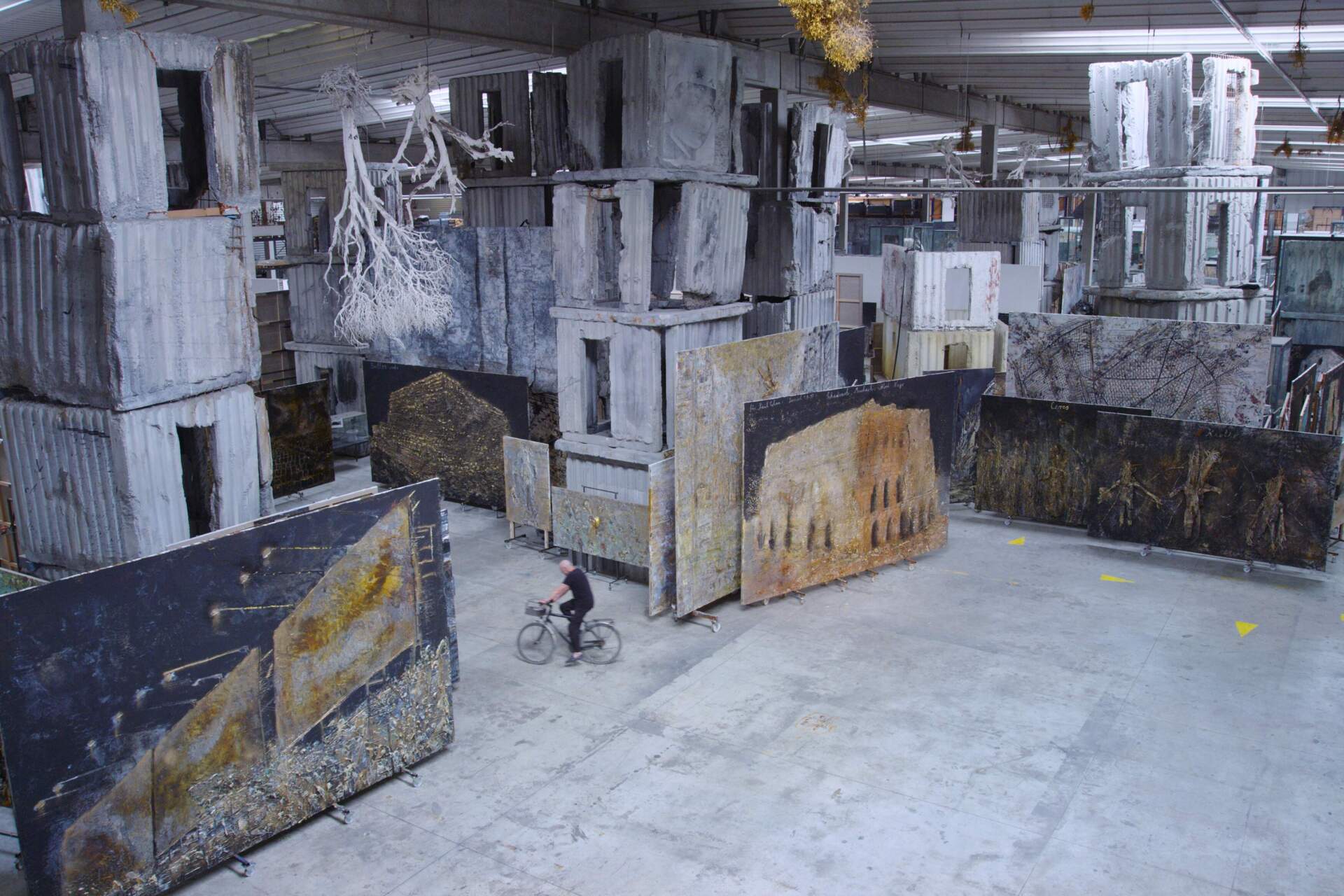Advertisement
Review
Documentary 'Anselm' is a visually staggering study of the creative process

The short-lived 3D craze of the early 2010s was a textbook example of Hollywood killing a golden goose, a skill at which today’s executives are especially adept.
After James Cameron’s “Avatar” unveiled a new technology that could create a fully immersive, awe-inspiring movie experience, short-sighted studios chased the pricey ticket surcharge and flooded the market with cheap, post-production conversions of films designed for two dimensions. Almost overnight, 3D went from a thrilling new innovation to a gimmick that made superhero movies even dimmer, uglier and more expensive.
While nowadays everyone seems to agree that Cameron’s the only director who really knows how to use his baby properly, a handful of veteran filmmakers did try some interesting experiments with this new cinematic language. Characteristically, Martin Scorsese’s 2011 “Hugo” took the form of a film history lesson, tracing the bleeding edge technology back to Georges Méliès’ original silent special effects shorts from the early 1900s. Even more characteristically, Gaspar Noe’s 2015 “Love” used 3D for unsimulated sex scenes, complete with bodily fluids squirting in your face. (As was his way, Jean-Luc Godard seemed to have the final word on the format.)
So excited were some directors that back in 2011, Wim Wenders told me he was never going to shoot a 2D movie again. At the time, he was promoting “Pina,” his dazzling documentary about choreographer Pina Bausch, which used the 3D camera’s capabilities to take us inside her dance routines, capturing the synchronized movements and spatial dynamics in ways never before seen on a movie screen. Wenders may have backed off on his resolution and made several 2D films since “Pina” (his upcoming “Perfect Days” is a mini-masterpiece in any dimension), but with the new documentary “Anselm” he’s returned to the stereoscopic format for another visually staggering study of the creative process.

Shot in stunning 6K resolution and 3D by cinematographer Franz Lustig, it’s simply jaw-dropping to look at, bringing us into the massive installations and cavernous workshops of artist Anselm Kiefer. You’ve never seen anything like this. The film begins with views from “La Ribaute,” the 96-acre site of a defunct factory in Southern France that Kiefer turned into a sprawling exhibition of sculpture, paintings and other artworks on a gargantuan scale. We start off at the outskirts, observing headless figures in bridal dresses propped up along the countryside, then move along to mountain-sized stacks of empty, rusted-out shipping containers. The sharp texture of these images takes your breath away, the objects seeming to float in front of us in the auditorium. There’s a tactile quality to art like Kiefer’s that doesn’t really translate to books or conventional photographs, and would normally require one to be there in person. But let’s face it, not a lot of us can make it out to the south of France, and by making the work this vivid and accessible for the price of a movie ticket, Wenders has given a gift to art lovers all over the world.
Advertisement
The scale of the exhibits is a wonder to behold, as we watch the 78-year-old artist ride his bike around these enormous workspaces, dwarfed by his canvases. Wenders is too oblique a filmmaker to go for the conventions of biographical documentaries, so don’t expect much in the way of narration or expert interviews. There are a few talk show clips from throughout Kiefer’s career dropped in via what appears to be an old tube TV in the artist’s studio, but you’ll probably want to do some of your own reading before or after for further context. (The question of how Kiefer can afford all this goes distractingly unasked. The answer is that he’s insanely rich.) The film’s least successful scenes are a few cryptic reenactments from the subject’s life, played as a child by the filmmaker’s grandnephew Anton Wenders and as a young man by Daniel Kiefer, the artist’s son. They’re a little airy for a film that’s otherwise all concrete and steel.

Wim Wenders and Anselm Kiefer were born a few months apart in 1945. Both men grew up in a Germany reduced to rubble, where it was forbidden to discuss the events of recent years. Wenders reacted to this by making films enraptured with American ideals of rock music and the open road. Kiefer, on the other hand, decided he would rather rub the polite art world’s nose in their country’s history to abrasive, often confrontational ends. Using Holocaust survivor Paul Celan’s poem “Death Fugue” as a guide — the haunted words appear to slide off the screen during the film — one of the artist’s most pointed provocations was a series of self-portraits giving the “Sieg Heil” salute in his father’s Wehrmacht uniform. His point was that Nazi atrocities weren’t carried out by some strange, foreign creatures from another time, but rather ordinary good Germans like yourself, your friends and neighbors. (Though admittedly, from those talk show clips we see, he could have been a little more circumspect when discussing this.)
History weighs heavily upon Kiefer’s work, as represented by the oversized books made of cement, ash and burned branches he has stacked in a mammoth, makeshift library. During the long, wordless stretches of “Anselm,” you may find yourself reflecting on the endless cycle of people all over the world relying on manners and good taste to avoid facing aspects of our own histories, and how it sometimes takes abrasive artists to make us look at ourselves more honestly. This is a rich, provocative picture that takes 3D technology to the next level. I’d love to see more films like it, as there are so many amazing works of art out there that you and I will most likely never get a chance to experience in person. Movies like “Anselm” could be the next best thing.
“Anselm” opens Friday, Jan. 5, at Kendall Square Cinema.
